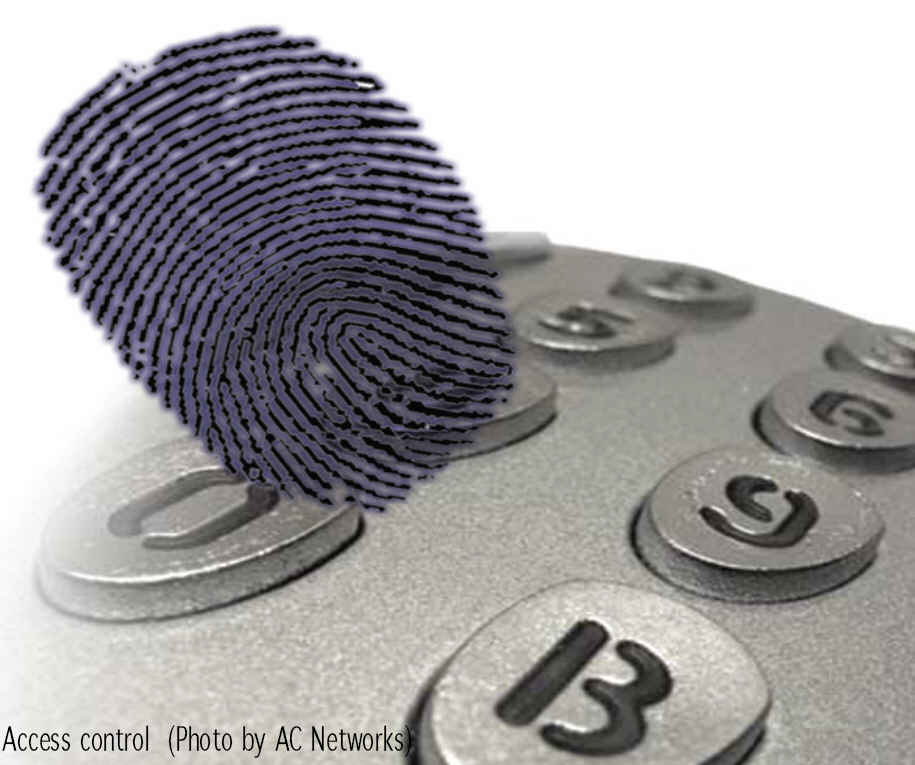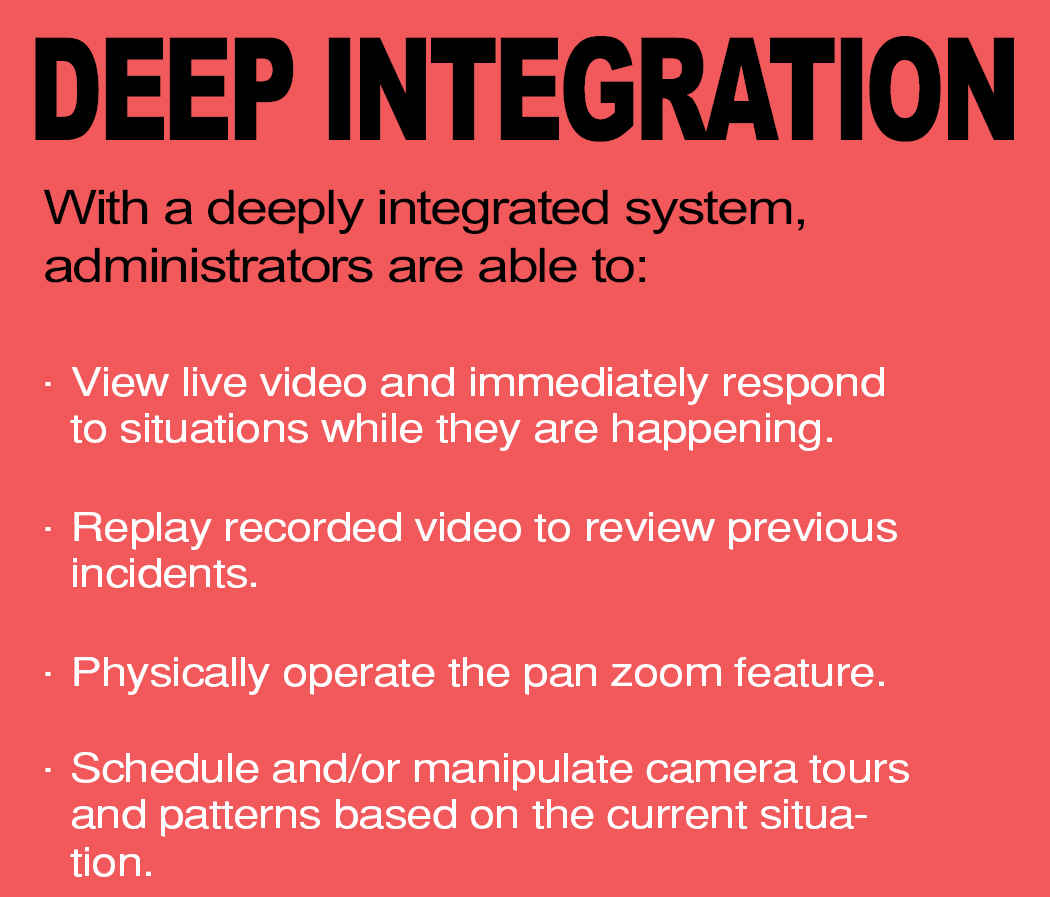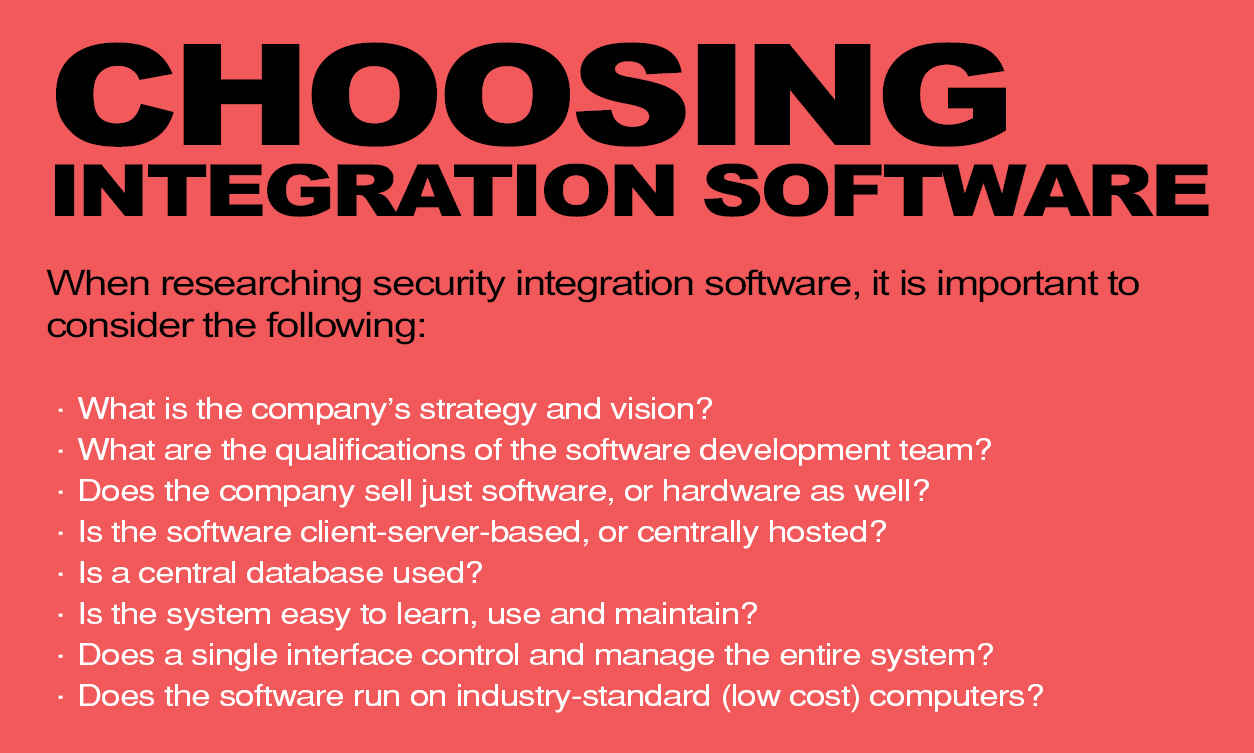
By Gary Green
As threats to our security continue to evolve, it is imperative for commercial building security officers and administrators to know when they are under attack. Anything that could harm the critical operations and assets of a business is considered a security threat. Common threats include intruders, criminals, disgruntled employees, terrorists, and natural disasters. It is imperative for systems and applications to respond automatically, while at the same time keep security officers updated on the recent activity in their buildings.
The access control market provides a variety of opportunities for security technology; however, some of the newer applications have been traditionally viewed as trendy, expensive and less user-friendly in comparison to the methods that are currently available. Nevertheless, the threat that unifies emerging technologies is their pro-activity. As access control moves towards the edge of the network, the use of video monitoring by commercial building security is emerging as a beneficial, cost-effective and hands-on tool to monitor day-to-day situations and prevent crime.
DEEP INTEGRATION
Simple systems do not have integration. As of now, video and access control systems are available as separate, stand-alone applications. Security officers and operators manage each system independently and no communication between the two systems exists. Integration takes place when video and access control systems share alarms or events, but the operator still has to use two or more applications. Deep integration occurs when video and access control systems are combined to create a fully functional management system. They work together as if they are one, unified system. The access control and video applications are able to work together to provide information so that security officers can immediately respond to events as they occur. In fact, the system is combined so closely that, it creates the illusion of a single mechanism.
According to Dave Ella, Chief Technology Officer for the access control firm AMAG Corporation, who is a strong advocate of integrating video surveillance with access control solutions, deep integration is important, ¡°Because it provides faster response to incidents and increases the level of security. Security guards are more productive, therefore, increasing security. It simplifies forensic analysis of incidents and turns data into information.¡±
Security officers are more likely to see incidents if they do not have to watch more than one monitor. A deeply integrated system should be able to automatically display video to the operator when there are possible threats to the safety of a building.

THE BENEFITS
From saving money to preventing crime, the installation of an integrated access control system can provide numerous benefits. Deep integration creates a unified access control solution and enterprises high availability, high-performance, reliability, and ensures real-time network policy management without performance compromise.
The more systems involved in an installation, the greater the risk for a problem. By reducing the number of manufacturers, the project risk is significantly increased. Businesses are overseeing their own product complications and are able to pull their cross vendor investments to protect their Local Area Network (LAN) assets.
According to Paul Talley, Executive Vice President at Vigilos Inc., a security integration software company based in Seattle, Washington, the U.S., ¡°Companies responsible for defining, managing, and/or using integrated systems most commonly highlight the following three benefits:
Saving Money
By integrating systems, end-users save money on rip-and-replace costs by using existing hardware. Also, they can lower officer costs by remotely administering these systems, thus reducing the need for staff to support and administer disparate systems at each facility.
Improving Operational Efficiency
Through horizontal integration, security departments have immediate access to many types of information associated with an event.
Sharing Information
Sharing information across the enterprise. By creating enterprise system access, security operations are strengthened by disseminating critical alarm data to the roving security officer or on-site manager. Today, this data is confined to the security department, but innovative organizations are sharing it (and the costs) with HR, IT and marketing departments.¡±
THE CHALLENGES
Deep integration may be one of the most important innovations in the security world. Current challenges facing the industry are methodological, technological and financial. For instance, industry professionals have not agreed upon definitions for such integrated access control systems. Therefore, technical standards for linking access control and video are currently not in existence. According to Ella, ¡°The Security Industry Association has been working on writing standards and announced the Open Systems Integration and Performance Standards Digital Video Interface Date Model which specifies interface requirements for the digital video component of a video surveillance solution.¡± Unfortunately, this means that it will take a while before standards for the integration of the two systems are finalized and put into practice.
Another challenge is to develop competency in deep integration and find new ways to both sell and deliver the benefits of this technology. The demand for an all-inclusive access control system that incorporates a truly integrated solution and providing an all-inclusive access control system at a cost-effective price.

CHOOSING THE RIGHT SYSTEM
The most important decision for a company is to choose the right access control system. Careful assessment of security needs and goals will help property managers select a system to best match their building needs and lay the foundation for a secure building.
The available features for implementation of deep integration depend on the following: the access control system, the video technology utilized and the manufacturer. A single user interface gives the security officer one system to view video and respond to alarms. Operators can also view cameras on a map screen and have complete control over cameras during a flash alarm or accident.
To help select an access control system businesses should evaluate the following:
Location, History and Type of Property
Buildings located near transportation centers, tourist attractions and cultural centers are inherently at a higher risk of both crime and terrorist activity. It is important to research any history of threats to the building and surrounding area, which can be done by contacting the local police department. Landmarked properties are often located in historic, high-risk areas and require higher level systems.
Tenant Needs and Goals
Consider whether tenant companies are high-risk. While all businesses have unique security concerns, tenants like chemical companies, government offices and banks require additional security precautions that must be taken into consideration when selecting an access control system for the entire building.
Learn Tenants¡¯ Security Goals, Risks and Plans
For most tenants, the chief concern will likely be guarding physical safety and maintaining the integrity of information systems. Go one step further and inquire into the mindset of employees towards security. Do employees feel safe at work? What types of security systems do tenants feel comfortable using? Getting tenants on board with an access control system will make the execution of security measures far more effective.
Building Traffic
After assessing individual tenants, evaluate the collective tenant base. A retail tenant or health care provider with walk-in visitors will greatly increase the amount of traffic in the building. Come up with a program for handling visitors and be consistent in following protocol at all times. Lobby congestion can be an issue with higher level systems which can sometimes take more time to get people through. Property managers may sometimes feel the inconvenience to employees outweighs the added level of security.

2008 & BEYOND
Although there is no true substitute for the watchful eye of a highly-trained security officer, a combination of state-of-the-art digital access and guard system with multiple layers of security precautions, building owners can be confident they have provided the building and their tenants with a safe and secure place to work.
Security systems and security officers will become a more integrated function and intelligent video analytics will bring an added layer of security for an organization. Businesses will strive to look for a solution that offers core software and multiple options to fit applications. These cost-effective solutions will fit the operator¡¯s present needs and well into the future. In addition, video will become more proactive and be part of a deeply integrated access control system which will increasingly work to stop crime.
Deeply integrated access control system, video monitoring and analytics will help to mold the deeply integrated systems of the future.
Gary Green is Chief Executive Officer of Alliance Building Services (http://www.alliancebuildingservies.com/).
For more information, please send your e-mails to swm@infothe.com.
¨Ï2007 www.SecurityWorldMag.com. All rights reserved.
|



